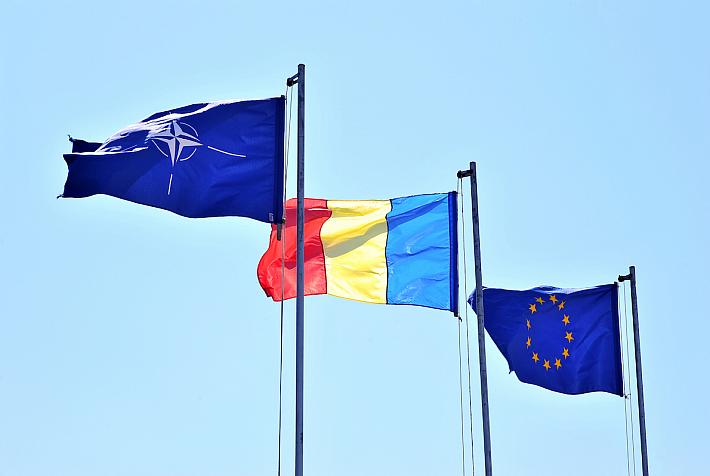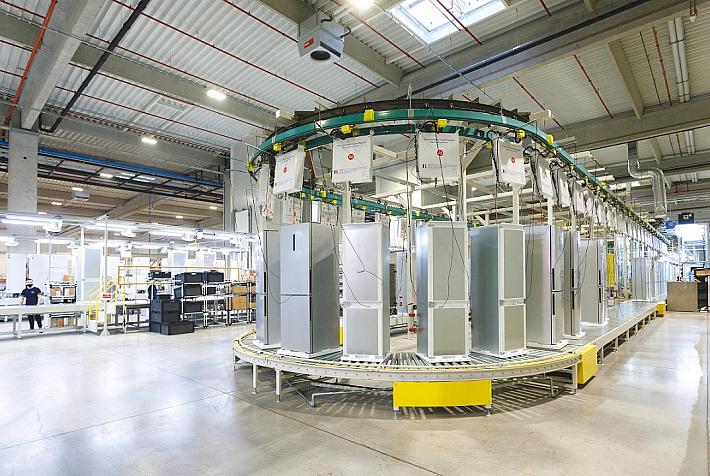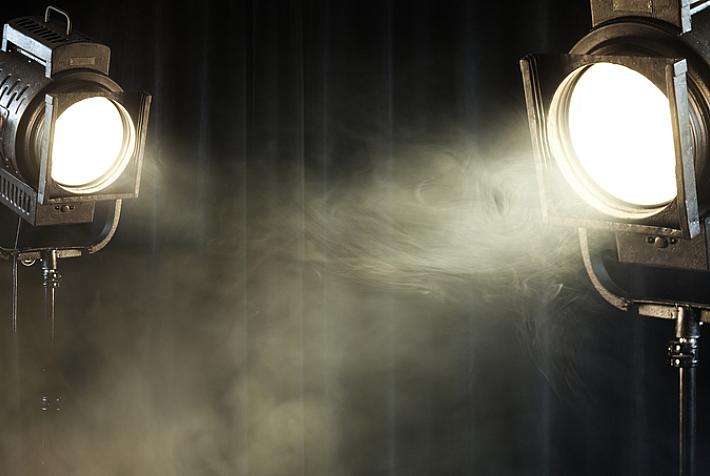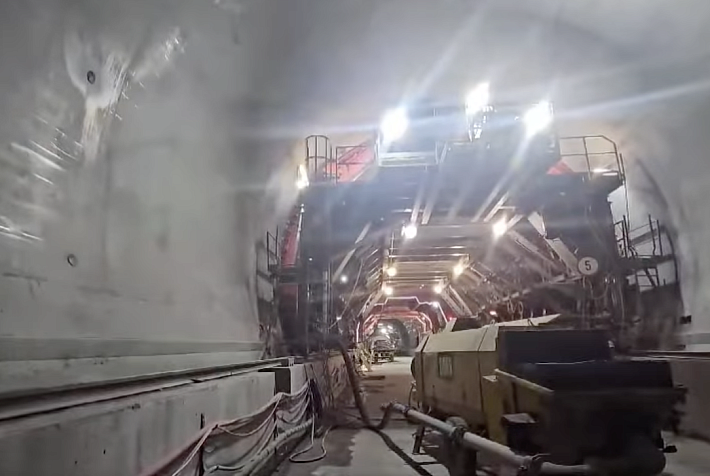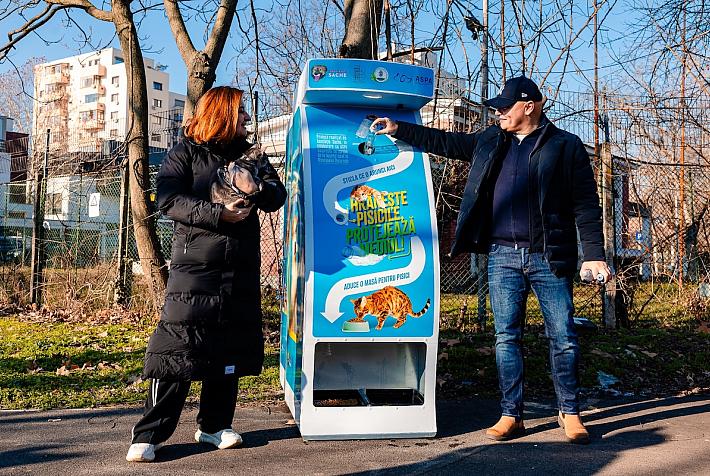Travel Planner: Sinaia revisited – Peles Castle

 For many, the mountain resort of Sinaia is synonymous with Peles Castle, one of the best known tourist sights in the area. The castle is so popular that it may sometimes be overlooked. Guest writer Mariana Ganea looks into the castle's past and present.
For many, the mountain resort of Sinaia is synonymous with Peles Castle, one of the best known tourist sights in the area. The castle is so popular that it may sometimes be overlooked. Guest writer Mariana Ganea looks into the castle's past and present.
Peles Castle is a Neo-Renaissance castle built in Sinaia, Prahova County, in the 19th century. Neo-Renaissance is a rather broad architectural term, used to lump together a wide range of 19th century buildings that drew at least some inspiration from the Italian renaissance. The term probably doesn't adequately describe the unique, fairy tale like Peles Castle.
The castle is part of the love affair King Carol I of Romania (1839 – 1914), had with the area and its breathtaking scenery, after he visited the area in 1866 ( the first year of his reign). German architect Johannes Schultz designed the palatial alpine villa and combined various features of European architectural styles. Work was led by Czech architect Carol Benesch and, another Czech architect Karel Liam, designed the towers. Several auxiliary buildings were built with the castle: the guards’ chambers, the Economat Building, the Foisor hunting lodge, the royal stables and a power plant.
Queen Elisabeth (King Carol I’s wife) wrote about the construction work in her journal, it clearly shows the international nature of the project and the different jobs done by each nationality: the masons were Italians, the laborers were Romani, the Albanians and the Greeks worked in stone, the carpenters were Germans and Hungarians, Turks fired the bricks, the engineers were Polish, the sculptors were Czech, the Frenchmen made the drawings, the English measured and surveyed and the Romanians built terraces. The castle was built between 1873 and 1883 ( with a pause 1877-1878 during the Independence War) and the inauguration ball took place on 7 October 1883.
The King Ferdinand (Carol I’s nephew and the heir) lived in Pelisor Castle and his son the King Carol II was born there. After King Michael I’s abdication in 1947, the Communist regime seized the property and in 1953 it was declared museum. Nicolae Ceausecu closed the entire estate in 1975. After 1989, the whole estate was re-established as a heritage site and the castle and its ground were reopened to the public. The Foisor Villa serves as a presidential residence and in 2006 the Romanian government announced the restitution of the Peles castle to King Michael I and, at the moment, the castle is on hire from the Royal family to the Romanian state.
 From architectural perspective, the Peles castle is a wacky blend of styles: Neo-Renaissance, Gothic Revival (very similar to Schloss Neuschwanstein from Bavaria). In the interior courtyard Saxon influences can be seen and the interior decoration is mostly Baroque.
From architectural perspective, the Peles castle is a wacky blend of styles: Neo-Renaissance, Gothic Revival (very similar to Schloss Neuschwanstein from Bavaria). In the interior courtyard Saxon influences can be seen and the interior decoration is mostly Baroque.
The Peles Castle has 170 rooms, many of them dedicated to specific themes and 30 bathrooms.
The castle has very rich and valuable collections of art from Eastern and Central Europe (statues, paintings, furniture, arms and armor, tapestries, gold, silver, stained glass, ivory, fine china and rugs).
In front of the main entrance is the King Carol I’s statue made by the Italian sculptor Raffaello Romanelli .
The Honor Staircase features two characters from Romania's history: Stefan the Great and Michael the Brave. Inside the Queen’s library ( Queen Elisabeth, the king Carol I’s wife, who wrote poetry under the name Carmen Silva) are symbols of poetry and science, represented as children, an image of Ulfilas, a Gothic religious leader from the fourth century AD who translated the Bible and spread Christianity on the northern shores of the Danube, as well as a statue of Dante Aligheri. Statues personifying Painting and Music and other allegories representing legendary themes are inside the Queen Elisabeth dormitory. The most important rooms of Peles castle open to visitors are : The Honor Hall, The Imperial Suite, The grand Armory (the Arsenal), The small Armory, The Florentine Room, The Moorish salon, The Turkish Parlor, The Playhouse.
The Peles castle is an international masterpiece, one of its kind in Europe, while its historical importance makes it a national treasure.
If you want to read more about Sinaia and what else to visit there, read our recent story here.
By Mariana Ganea
(photo source: Mariana Ganea)







